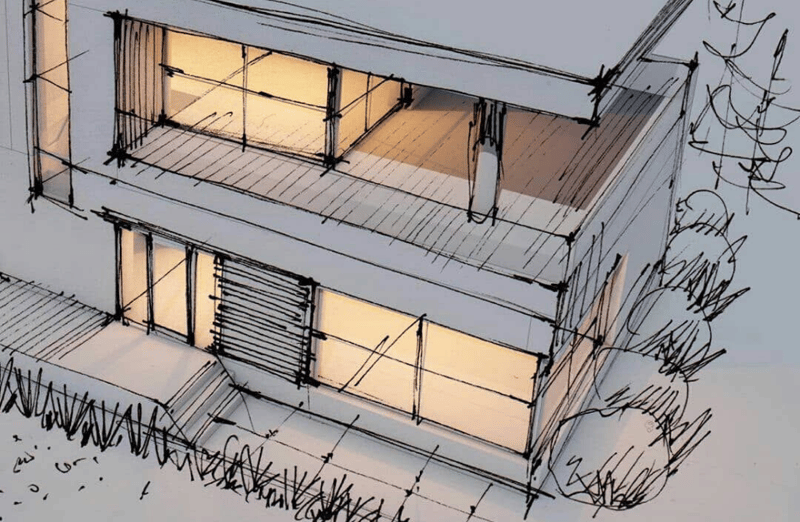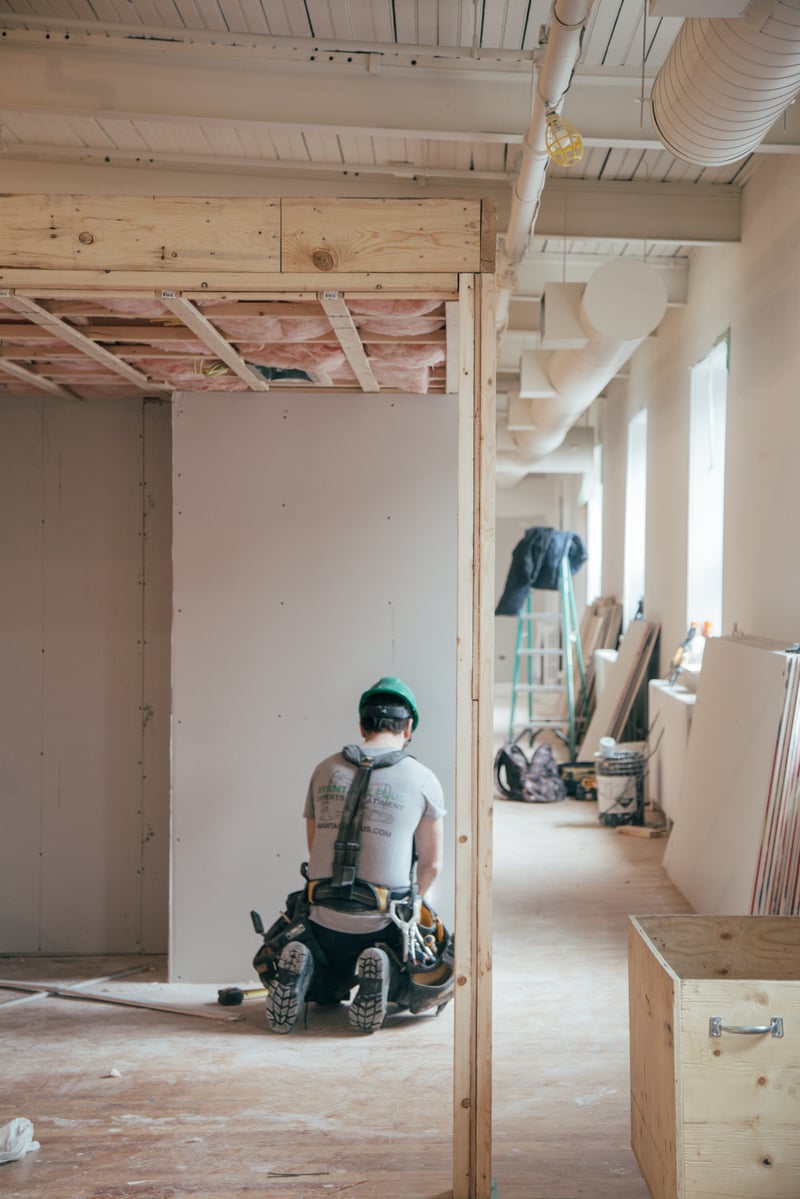2 min read
Certified Energy’s NABERS Embodied Emissions Report Service: A Comprehensive Guide
Discover how Certified Energy's NABERS Embodied Emissions Report service can help you meet sustainability goals and...

NABERS is used to measure the environmental performance of buildings, developments, homes and tenancies. Effectively, it helps measure the water usage, energy efficiency, waste management and indoor environment quality of a building, home, development or tenancy and its total impact on the surrounding environment.

Strap a rocket to your ESD Consultant's back
with this must have NABERS Checklist.
Since the process of conducting a NABERS assessment is quite thorough and varies on a project-by-project basis, the cost of conducting the assessment can also vary greatly. Depending on the size and complexity of the project, we recommended that you contact us and obtain a quote. However, typically, NABERS ratings can range anywhere between $2000 and $7000.
As for the time it takes to conduct a NABERS assessment and receive a rating, our turnaround will typically be between 5-10 business days. In light of this, if you have a deadline, let us know and we will make arrangements to meet it.
To obtain a NABERS rating, please send in your plans for quoting and if you are satisfied with the quote, we will proceed to visit the office space and produce a draft report in a timely manner. Once the draft is approved and payment is received, we will gladly issue a final certification for the project.

In its simplest explanation, retrofitting refers to the addition of new features and technology to older houses or buildings. Examples of retrofitting strategies include:
Stakeholders and designers strive to meet sustainability goals and standards with their new build through innovative technologies, star ratings and special features. However, the thousands of builds of the 80’s, 90’s and 00’s that currently run through our cities and towns don’t meet the current sustainability targets. There are many opportunities for older homes and buildings to improve their efficiency capabilities and ratings through retrofitting procedures.


Sources:

In the ever-evolving construction industry, sustainability and energy efficiency are more crucial than ever. The National Australian Built Environment Rating System (NABERS) is an essential tool that helps building owners and managers measure and improve their environmental performance. NABERS provides a reliable and independent assessment of a building's impact on the environment, focusing on key areas such as energy efficiency, water usage, waste management, and indoor environment quality.
NABERS evaluates several critical metrics to provide a comprehensive assessment of a building's environmental performance. These metrics include:
- **Energy Efficiency**: Measures the building’s energy consumption and efficiency, identifying areas for improvement to reduce greenhouse gas emissions.
- **Water Usage**: Assesses the building’s water consumption and management practices, promoting water conservation and sustainable usage.

Discover how Certified Energy's NABERS Embodied Emissions Report service can help you meet sustainability goals and...
The 2019 National Construction Code (NCC) is now imminent and if it seems like it’s been a while since the last major...
Stay ahead in the construction industry by understanding the importance of NABERS compliance for modern buildings.
FOR IMMEDIATE RELEASE
Sydney, 11 March 2025
Certified Energy is pleased to announce our...